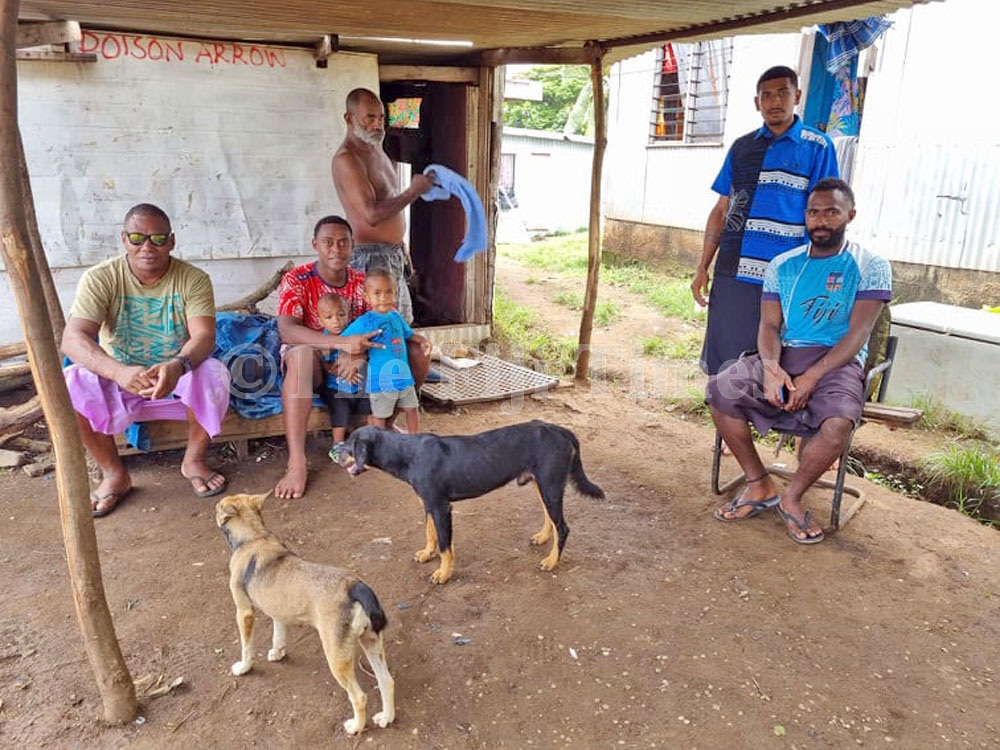The revelation that an outbreak of typhoid which resulted in the death of a woman and her two children forced the Ministry of Health to impose a 21-day lockdown of Togovere in Rakiraki is a concern.
However, it also is encouraging that stakeholders are actually making every effort to control it, which is important.
Permanent secretary for Health Dr James Fong said the situation in the village was a concern for the Western Division health team.
Measures, he said, were taken to contain the outbreak when it was first detected. Unfortunately, he said, they had received data that there were some leakages in their containment measures.
“That’s why we have escalated to an enhanced form of containment.”
Villagers, he said, had been given health advice on how to beat the outbreak. He said a lot of screening would take place in the village.
The World Health Organization (WHO) lists typhoid fever as a life-threatening infection caused by the bacterium SalmonellaTyphi. It is usually spread through contaminated food or water.
An estimated 11–20 million people, it said, get sick from typhoid and between 128,000 and 161,000 people die from it every year
. Symptoms include prolonged fever, fatigue, headache, nausea, abdominal pain, and constipation or diarrhoea. Some patients may have a rash.
Severe cases may lead to serious complications or even death.
Typhoid fever can be treated with antibiotics although increasing resistance to different types of antibiotics is making treatment more complicated.
Typhoid fever, it said, is common in places with poor sanitation and a lack of safe drinking water.
Access to safe water and adequate sanitation, hygiene among food handlers and typhoid vaccination are all effective in preventing typhoid fever.
The WHO even made a number of recommendations for travellers.
This included the need to ensure food is properly cooked and still hot when served; Avoid raw milk and products made from raw milk.
Drink only pasteurised or boiled milk; Avoid ice unless it is made from safe water; When the safety of drinking water is questionable, boil it or if this is not possible, disinfect it with a reliable, slow-release disinfectant agent (usually available at pharmacies); Wash hands thoroughly and frequently using soap, in particular after contact with pets or farm animals, or after having been to the toilet; and wash fruits and vegetables carefully, particularly if they are eaten raw.
If possible, vegetables and fruits should be peeled. It is reassuring indeed to see action now taken to control the outbreak in Ra.
The challenge though is on us to understand the causes and symptoms of typhoid and take appropriate action. We have been warned!



